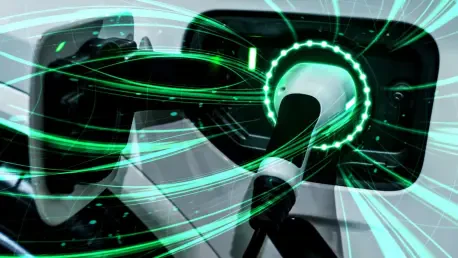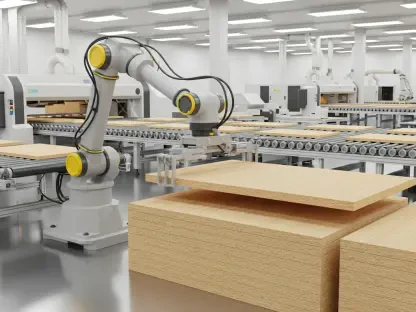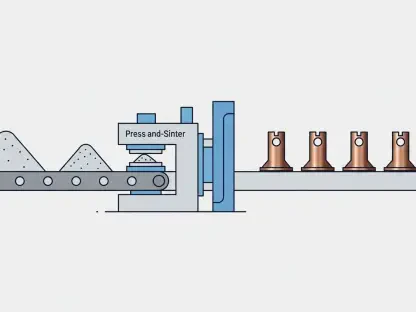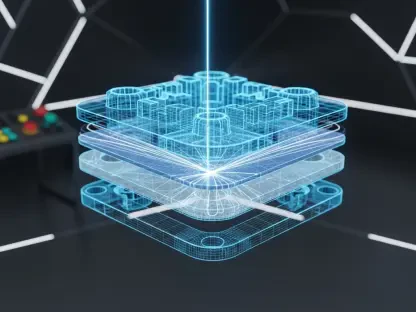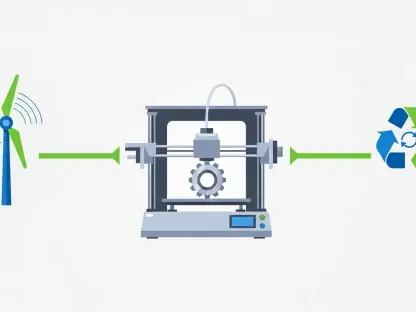In the ever-evolving landscape of automotive technology, the pursuit of sustainable power solutions stands prominently at the forefront of innovation. Among the latest developments, the Donut Motor by Donut Lab highlights a remarkable leap in electric motor capability, challenging conventional paradigms. Boasting an astonishing output of 856 horsepower while maintaining a mere weight of 88 pounds, this electric marvel raises questions about the continuing viability of hydrogen as an alternative. The Donut Motor’s stunning power-to-weight ratio shifts the discourse on what truly represents the future of automotive propulsion. As the automotive industry evaluates its options, the juxtaposition of electric and hydrogen solutions becomes increasingly important. The Donut Motor, with its unique technological features, emerges as a critical reference point in this conversation, potentially dictating future directions. This discussion extends beyond mere preference and touches upon fundamental aspects of performance, sustainability, and cost-efficiency that increasingly define consumer expectations and industry standards.
The Technological Distinction of the Donut Motor
The Donut Motor’s unveiling has excited the automotive world, primarily due to its impressive torque levels of up to 3,172 pound-feet. Such a remarkable performance metric eclipses the conventional power limits traditionally associated with internal combustion and even current electric motors. This translates not just into sheer power but into technical capabilities that redefine how vehicles are designed and utilized. The consistent torque output ensures smooth acceleration and enhanced performance in various driving conditions, offering more than just numbers on a page. The innovation does not stop at power statistics. Cost-effectiveness becomes a notable advantage of the Donut Motor due to the decreased production costs and simplicity of integration. Whether intended for motorcycles or passenger vehicles, this motor’s modular design fosters adaptability across an array of automotive applications. This becomes a vital component in driving widespread electrification as manufacturers seek versatile solutions that transcend vehicle categories. Such technological highlights place the Donut Motor at the center of discussions on innovative motor development.
Coupled with these performance and design attributes is the overarching theme of sustainability, where the Donut Motor solidifies electric solutions’ standing over hydrogen. Despite hydrogen’s potential to fuel clean transport, challenges like complex fuel cell management and limited infrastructure cast shadows over its feasibility. The electric charging networks, well established and continually expanding, further emphasize an already formidable argument for electric vehicles. With this established foundation and a shifting industrial sentiment toward electric platforms, the Donut Motor represents more than a component; it signifies a movement toward sustainable progress. These factors not only strengthen the case for electric technologies but compel decision-makers to re-evaluate investments in hydrogen technologies that may not meet consumer and environmental needs as robustly.
Industry Perceptions of Electric Versus Hydrogen
The advent of the Donut Motor represents a significant milestone that bolsters electric vehicles’ competitiveness against hydrogen alternatives. Industry insiders increasingly recognize the clear advantages present in electric propulsion, where the blend of superior performance and broad applicability finds few equals. Fast charging capabilities, decreasing battery prices, and expanding infrastructure all support the electric vehicle’s appeal in a way that hydrogen has struggled to match. In comparison, hydrogen still requires substantial breakthroughs in logistics and technology, making its promise less palpable to both consumers and producers. Industry analysts note the stark contrast between the rising acceptance of electric vehicles and the infrastructural challenges that continue to plague hydrogen’s development. As electric networks expand and charging technology leaps forward, the convenience offered by electric solutions outpaces the logistical considerations tied to hydrogen fueling stations. This discrepancy underscores the growing consensus that electric vehicles are not just viable but leading the charge toward a more sustainable future.
The Donut Motor encapsulates this sentiment by offering an alternative that is not only innovative but ready for immediate integration into current automotive paradigms. Its modularity and adaptability further cement electric solutions as the preferred path for sustainable vehicle development. Within this evolving industry landscape, the potential for hydrogen vehicles to capture significant market share appears more challenging than previously envisioned. As the groundwork for electric vehicles solidifies, the emphasis shifts to enhancing existing systems and exploring new technological frontiers, leaving hydrogen in a perpetually developmental stage. This trajectory suggests a reduced emphasis on hydrogen’s role in the immediate future of automotive technology advancement, marking a pivotal moment in automotive priorities and trajectories.
A Shift in Automotive Focus
In today’s rapidly advancing automotive world, the quest for sustainable power solutions is a key focus of innovation. The Donut Motor, a recent creation by Donut Lab, signifies a significant advancement in electric motor technology, challenging traditional standards. This electric engine delivers an incredible 856 horsepower and weighs only 88 pounds, prompting questions about the ongoing relevance of hydrogen as an alternative energy source. The impressive power-to-weight ratio of the Donut Motor redefines what could define the future of automotive propulsion. As the car industry considers its choices, the balance between electric and hydrogen solutions gains increasing importance. Featuring unique technological advancements, the Donut Motor stands as a pivotal point in this debate and may shape future paths. This goes beyond individual preferences and delves into crucial aspects of performance, sustainability, and cost-effectiveness, which are increasingly shaping what consumers expect and how the industry sets its standards.
